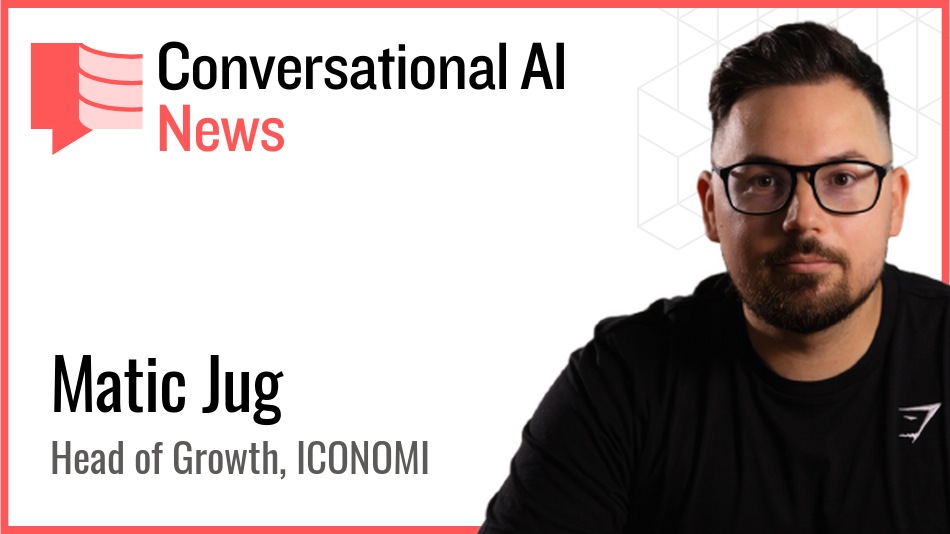AI? Completed it. We've got Copilot.

Here's an opinion piece I published on LinkedIn earlier today.
"AI? We've done it. We've got Copilot."
Right. Anything else?
"Oh, we've got at least 30 proof-of-concepts and our Head of AI has a PhD in Mathematics".
"So the only material thing you've done is give everyone Microsoft Copilot?" I ask.
"Well, not everyone. It was expensive, so we bought 100 licenses for the Marketing team - and we were able to publish a press release about that!"
"How about Copilot adoption and usage? Have you been tracking? Did you do training?"
"Only 10 of the licenses are actually being used, but it's early days."
"Why the low adoption?" I prompt.
"Ah, well we've disabled a lot of it. For security. Oh, and we use AI in fraud, I think."
This, dear reader, is the reality of AI today for many financial institutions.
There are, of course, some fantastic outliers really pushing things forward across the ecosystem.
But there are still banks where AI is either forbidden ("hallucination"), totally misunderstood or simply hasn't been looked at yet.
And there are a lot of players who are tinkering around the edges – like the Copilot example above.
Whilst there are clear leaders in the industry, I think it's probably fair to say the vast majority of institutions don't have a defined approach to how they might consider using AI beyond "doing Copilot".
This, before anyone screams, isn't necessarily a bad thing.
There's a strong temptation for a lot of senior leaders to be seen to be doing something with AI. Anything. Hence Copilot.
My primary recommendation for those I'm working with is this: Learn.
Learn how the technology has developed.
Learn what it's capable of.
Learn its shortcomings.
Learn how AI is being used today in financial services.
Learn how it's being used in other industries.
Take those steps and you'll be in a better position for the future.
I recognise that it's not as exciting as "doing AI", but I think it's better to make sure your team understands the background, the context and the capability of AI today, rather than making snap strategic judgements.
It's too easy to forget that the day-to-day demands of most roles in financial services make it really difficult to do anything other than focus 100% on the work at hand.
I know from my own experiences leading and driving change across banks – it's really difficult to make time to look up and outwards to see what's going on.
That being said, it's a phenomenally exciting time for financial services, especially when it feels like each week brings a new leap forward in ideas and approaches.
Witness, for example, the brilliant thinking from the team at Stripe on how they've 10 or 100x'd their fraud capabilities by leveraging similar transformer approaches as the likes of LLMs.
Or, what Morgan Stanley has done with their Debrief technology that's helping their high-net-worth advisors document and respond to customer requests so much faster. Or what my former colleagues at Nordea Bank have achieved with conversational AI!
(For the avoidance of doubt, I think Microsoft Copilot is rather good!)




